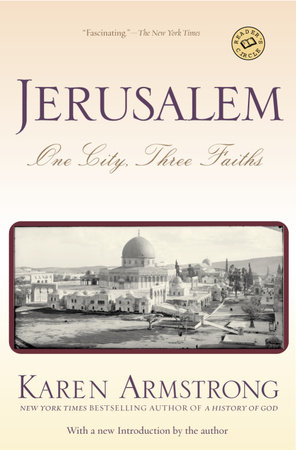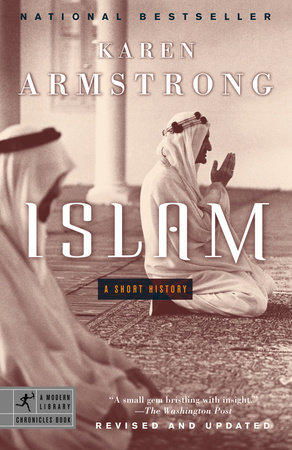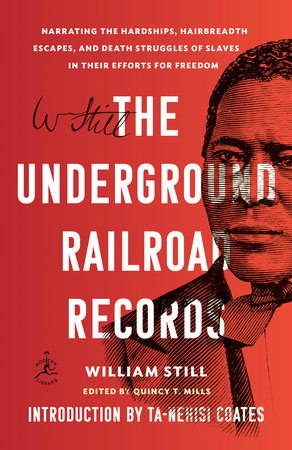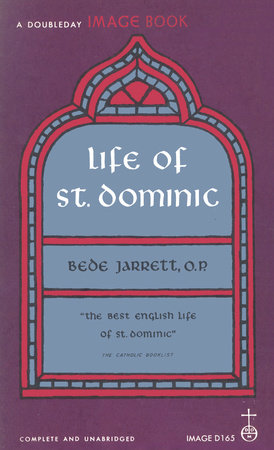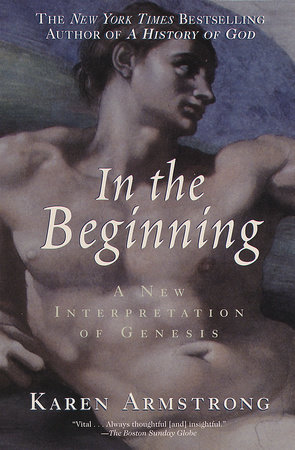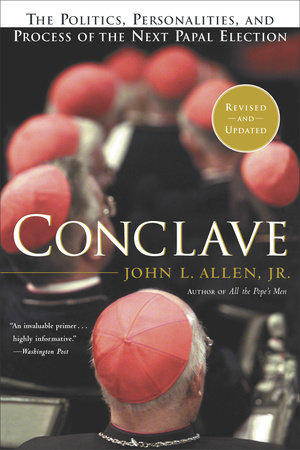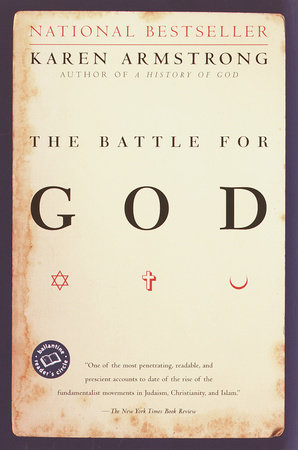A Conversation with Karen Armstrong
Christiane Bird is the author of A Thousand Sighs, A Thousand Revolts: Journeys in Kurdistan and Neither East nor West: One Woman’s Journey Through the Islamic Republic of Iran. She lives in New York.
Christiane Bird: In your introduction, you mention that you worked in Jerusalem in 1983. What took you there and how long did you stay? Was it then that you first conceived of this book?
Karen Armstrong: I went out to Jerusalem to make a television series with Channel 4 Television about the life and work of St Paul. I was working with an Israeli film company, and spent the better part of that
year in the city. Then I spent another three years working on another television series with the same company. Unfortunately, that series never saw the light of day, but I spent a great deal of time in Jerusalem between 1985 and 1988. I did not conceive the idea for the book at that time. During a lunch with my American publishers in New York in 1993, the idea simply popped up out of the blue—it is hard to remember who thought of it first. It seemed a logical step at the time, because I had just completed A History of God, which traced the development of the idea of God in the three religions of Abraham. By this time, I had evolved my ideal of “triple vision”—an attempt to see these three monotheistic faiths as a single tradition that developed in three different ways. And, of course, Jerusalem was a holy city for all three.
CB: Have you returned to Jerusalem in subsequent years and, if so, has your view of the city changed with time?
KA: Yes. I have visited the city again, and have been saddened at the change, which is largely the result of prolonged conflict. When I first visited the city in the 1980s, it was possible to walk around the Old City
in the evening in safety. Now, that would be dangerous. I have noticed that people—Jews, Christians, and Muslims—are all far more defensive and sometimes also aggressive about their rights in the city. The city of peace has tragically become a city of war.
CB: How do you think your background as a former nun affects the way you view Jerusalem and its history?
KA: When I first visited the city I was very conscious of being physically present in a place which had long been part of my spiritual landscape. As a nun, I had spent hours trying to meditate on the events of
Jesus’s life, and it was very strange to be actually walking down the Via Dolorosa or in the Garden of Gethsemane. But of course the city was very different from my imaginings. I had seen it in a purely Christian light, and had never really considered the other religions of Abraham. My perspective had been very limited. I had seen Judaism as a mere prelude to Christianity and had never really thought about Islam at all. But once I had visited Jerusalem, and seen the three faiths intertwined in the city, sometimes jostling uneasily at the same sacred sites, I became aware of the deep connections between them, as well as the hostility that had developed over the centuries.
CB: If any of the three faiths has a somewhat more humane history in Jerusalem than the others, it seems to be Islam. Do you agree?
KA: Yes, under Muslim rule, the three religions were able to coexist in relative harmony. The Qur’an is a pluralistic scripture. It affirms the validity of all the people of the Book, and that was reflected in Muslim
policy. When Caliph Omar conquered the city in 638, he protected the holy places of the Christians. Under the rule of the Byzantine Christians, Jews had been denied permanent residence in the city, but Omar allowed them to come back. In fact, an Islamic conquest of Jerusalem was always good news for the Jews, and this makes the present conflict particularly poignant.
CB: As a holy city, Jerusalem has experienced an astonishing amount of violence and bloodshed. Do you think that that was inevitable; do major holy sites always attract discord and violence?
KA: No, holy cities do not necessarily lead to conflict and violence. All faiths insist on the prime duty of compassion and respect for the sacred rights of others. But people tend to identify with their sacred sites at a deep level. This is because the divine is not just a transcendent reality “out there” but it is also encountered in the ground of our being. So people often see their holy places as inseparable from themselves, and become very defensive when they are attacked. In this book, again and again,we see that people experience any violation of their sacred places as a rape. And that is exacerbating the conflict right now, when Israelis and Palestinians both feel vulnerable, for different reasons.
CB: Being a nun and being a writer seem like two very different pursuits— or are they? How and when did you first become interested in writing? Who are the writers who have influenced you the most?
KA: In some ways, I see my writing and research as a form of meditation. I have described this process at length in my memoir The Spiral Staircase. I see my writing career as a spiritual quest, continuing the
process that began all those years ago when I packed my bags and set off to the convent to find God. I have been influenced by most of the great writers and poets. At university I studied English Literature, and that was wonderful training for theology, because it was all about interpreting texts and taking mythology very seriously. One of the theological writers who has influenced me greatly is the late Canadian scholar Wilfred Cantwell Smith.
CB: A prodigious amount of research went into Jerusalem. Can you describe your research process and how you kept track of the multitude of facts that you wove into your narrative?
KA: The research took about two and a half years. I spent a lot of time reading in the British Library and also at home in my study. I take copious notes, when I am researching a book, under various headings. At first you don’t see a pattern. In fact it’s usually the case that I start with a clear idea of how the book is going to be, and then find that all my initial theories get knocked down, as I learn more and more. That can be quite disturbing. But gradually a new pattern emerges. It is all very absorbing and exciting. As the work progresses, you begin to see new connections, and I usually write notes to myself in red in the margin to draw attention to recurrent themes. Then comes the difficult task of writing it all down! And I always revise my ideas during the writing process, too, so the book always turns out very differently.
CB: As you researched this book, was there any period or aspect of Jerusalem’s history that you found especially surprising?
KA: I think that what struck me most was the importance of social justice. This theme was present from the very earliest days of Jerusalem’s history. In the ancient Middle East, a city could not be “holy” unless it was also a city of justice. Holiness and justice were inextricably combined. This was not so evident in the Christian devotion to Jerusalem, but it was very important indeed in both the Muslim and the Jewish
devotion to Jerusalem. And that carries a strong message for us today.
CB: You write that after the Six-Day War in 1967, the international community and the United Nations were unwilling to accept Israel’s annexation of Jerusalem.Yet Israel did not retreat.Why didn’t the international community and the United Nations press harder to make Israel withdraw?
KA: I don’t know.
CB: In your final chapter, you speak of various utopian solutions to the problem of Jerusalem: rule by an international corpus separatum; Israeli sovereignty with special privileges for the Palestinian authority; a joint Israel-Palestine administration of an undivided city. In your opinion, which of these proposed solutions has the best chance of working?
KA: I think that the idea of joint sovereignty is the only feasible one, long-term. Unless Israelis and Palestinians learn to accommodate each other seriously, there can be no real future for anybody in the region. At the moment, this solution seems impossibly utopian. But it is not good maintaining holy sites and venerating a holy city, without justice and respect for others, as the whole history of Jerusalem makes clear.
CB: You end the final chapter,written in late 1996, on a sober note: “As of this writing, the prospect of peace looks bleak.” What is your outlook now, in April 2005, two years after the U.S. invasion of Iraq and six months after the death of PLO leader Yasir Arafat? Do you think that Jerusalem’s prospect of peace has improved, deteriorated, or remained more or less the same?
KA: I think that the outlook is very grim, short-term. The Middle East has become a more volatile and dangerous place since September 11, and people feel more vulnerable and more threatened. But there will be no peace for the world unless a solution can be found to the problem of Jerusalem that satisfies all parties—Jews, Christians, Israelis, Palestinians, Arabs, and Muslims worldwide.
